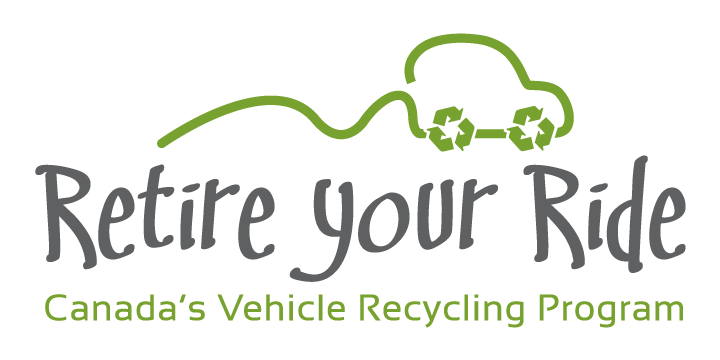You may have heard that cars are the most recycled consumer product on Earth. It’s true, but that doesn’t always mean that each and every…
The price paid for vehicles through the Retire Your Ride program has risen significantly since this time last year. The average price paid out in…
Ford is an iconic brand with deep roots in Canada. In fact, Ford Motor Company of Canada was founded in August 1904, barely more than…


